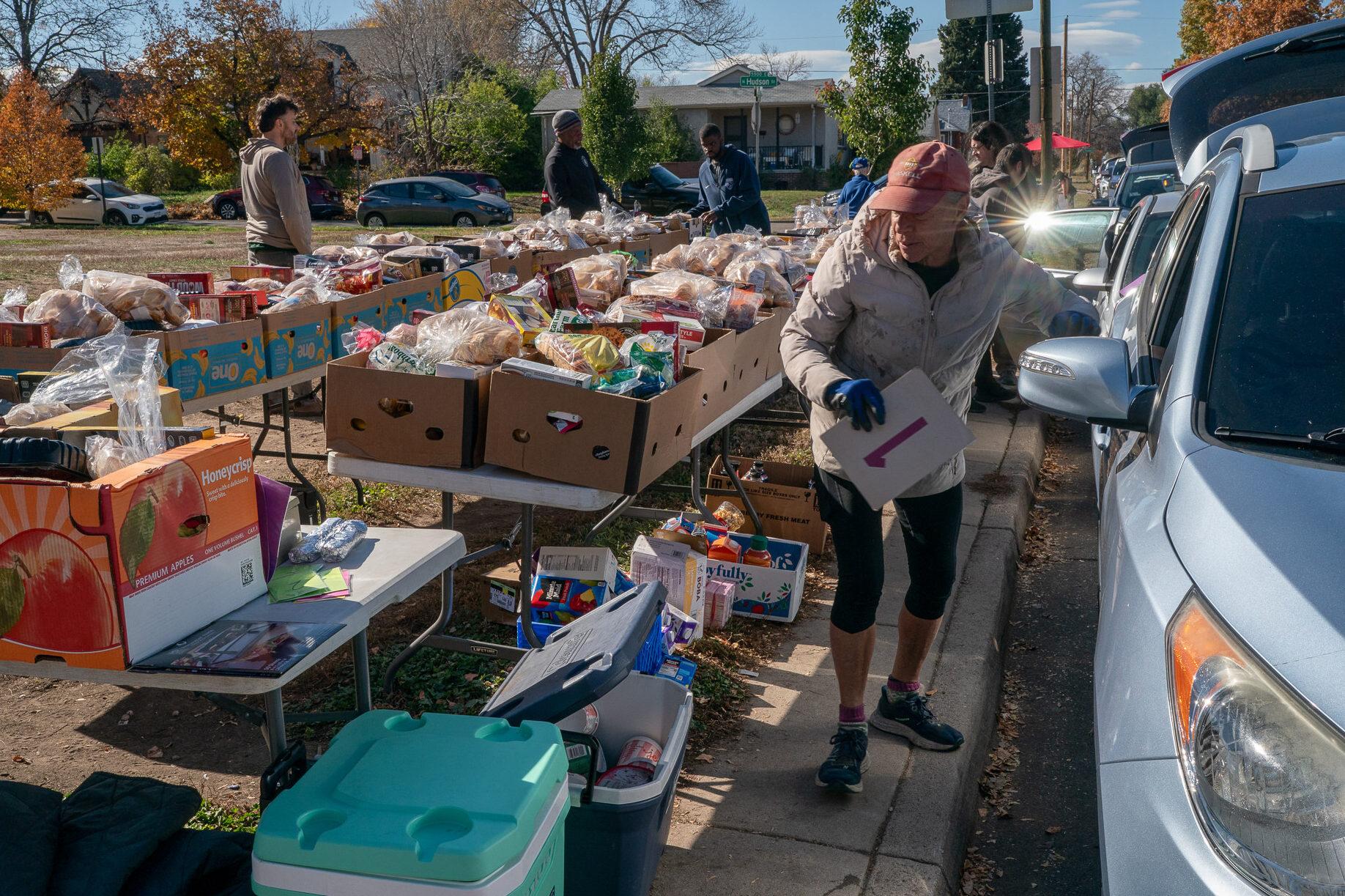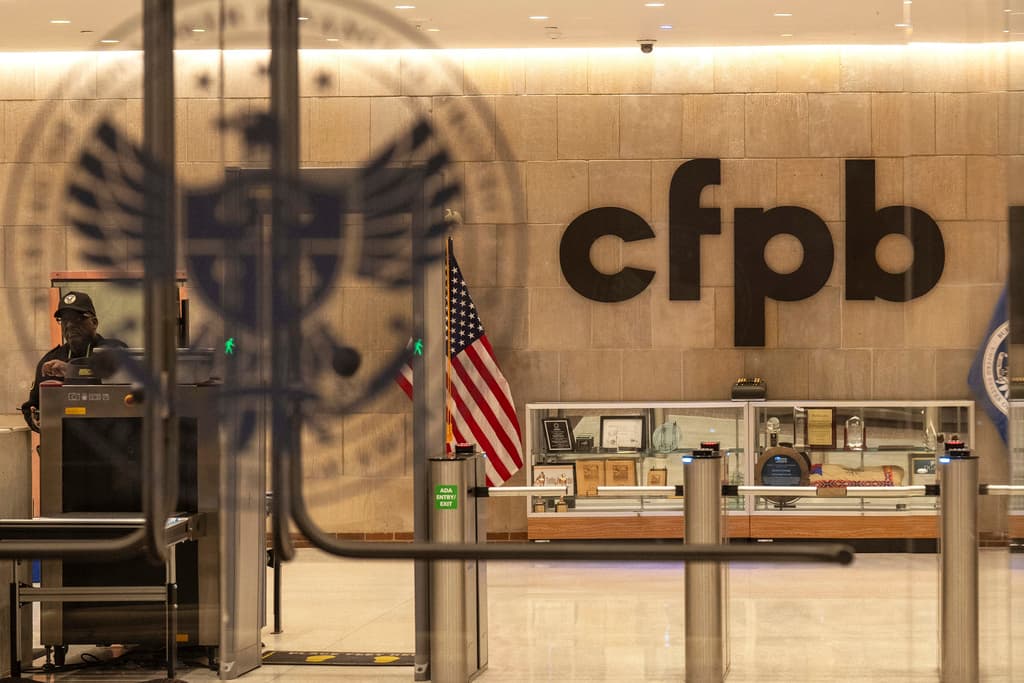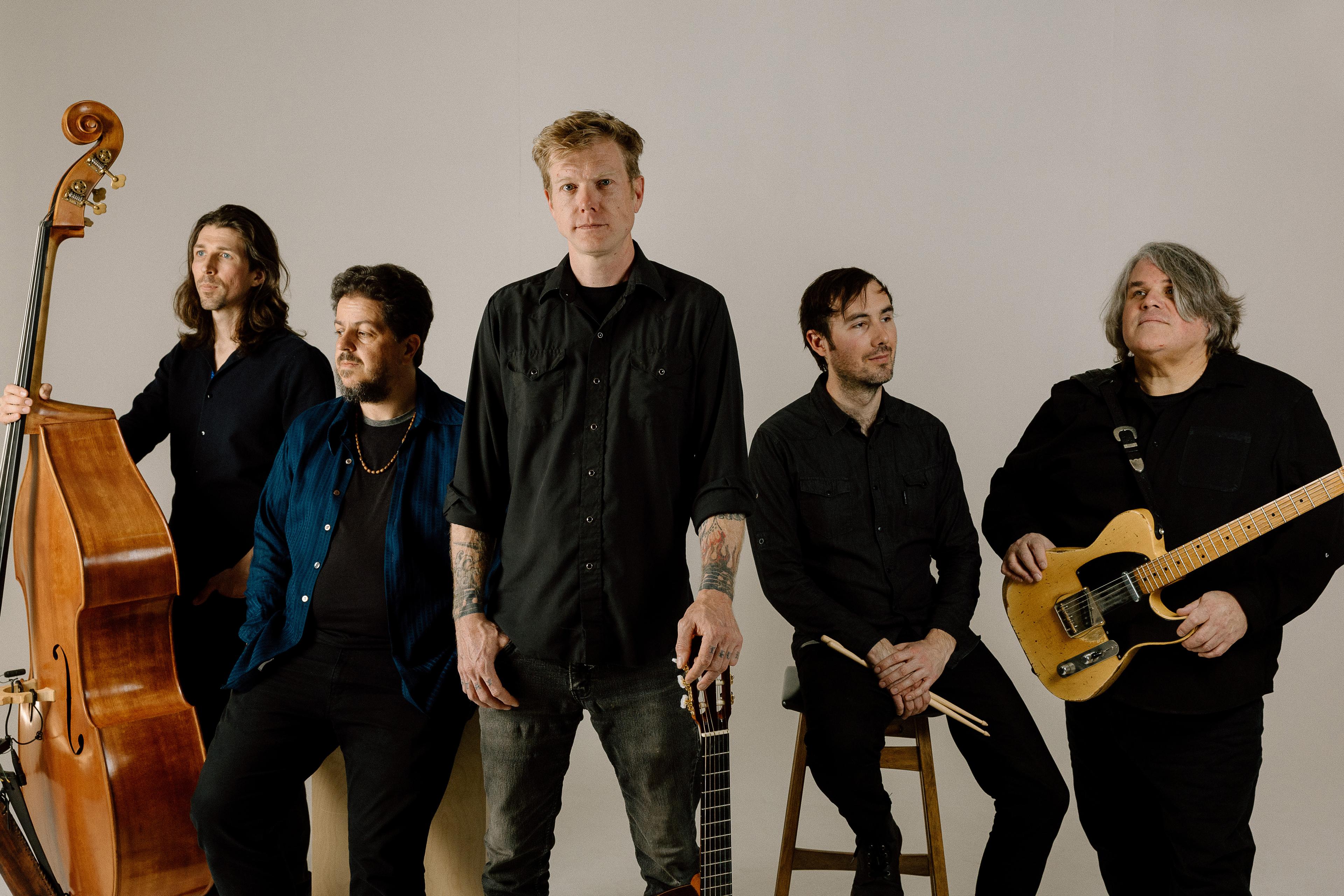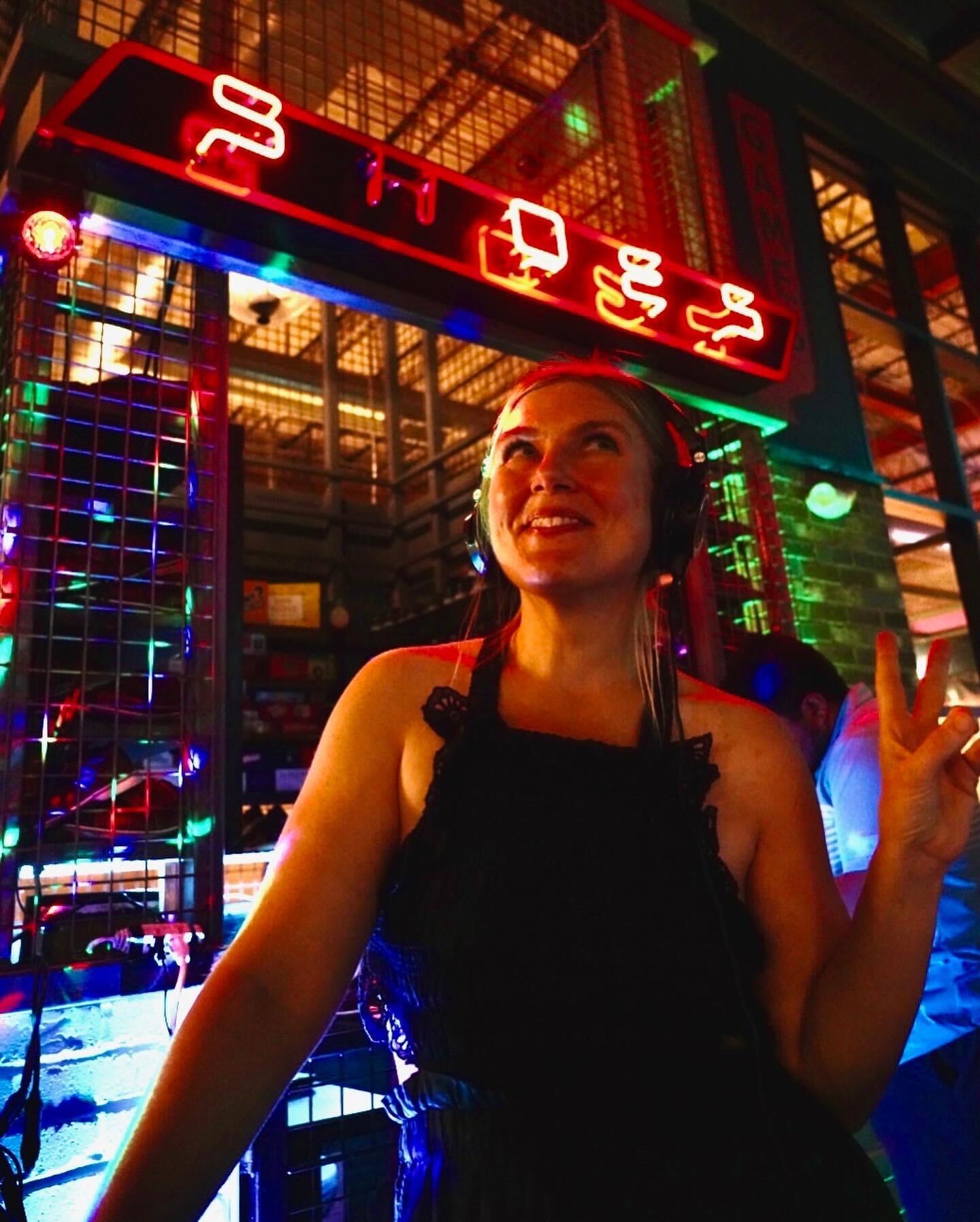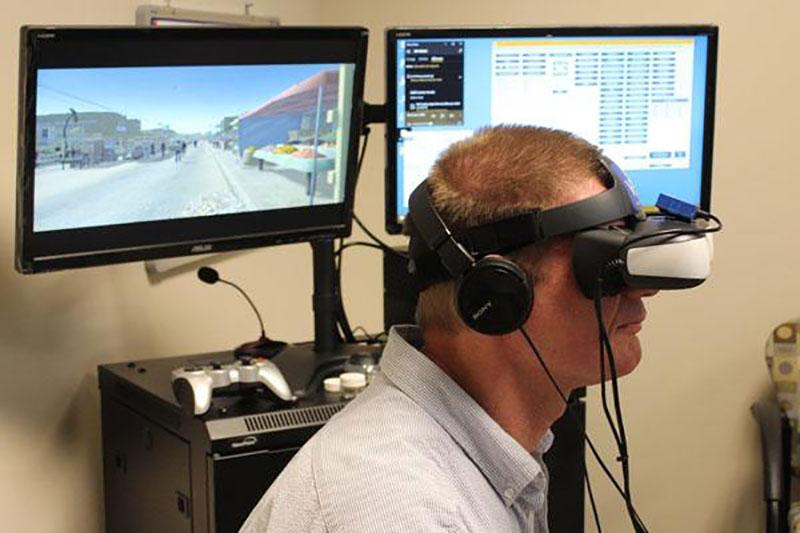

Imagine walking through a village in a war zone in Iraq.
Suddenly a bomb explodes. Guns are firing. Children are crying. The distinct smells of diesel fuel and burning flesh waft through the air as the ground rumbles.
It's all very disturbing.
Except this isn't an Iraqi village. It's a therapist's office at the University of Central Florida in Orlando.
A program called UCF Restores has been using virtual reality since 2010 as part of an exposure therapy program to treat post-traumatic stress disorder in combat veterans. Clinic Director Deborah Beidel said many of the program's patients struggle with everyday tasks like shopping or going to the gas station.
"We never think people's traumatic memories are going to go away," Beidel said. "But what we want to do is dislocate those triggers from the anxiety, so that from now on, a person could smell diesel fuel and not worry an IED is going to explode and their best friend is going to be killed."
Army National Guard veteran Kevin Tergliafera, 38, served in Afghanistan and for years battled anger and manic depression. He said it was damaging his relationship with his family.
"I'd get aggravated with the kids or wouldn't want to engage with the kids because I'm too on edge when we go somewhere," he said. "Anything outside my little comfort zone was a no-go."
Tergliafera participated in the UCF three-week intensive treatment program.
Every day, he put on virtual reality goggles and watched scenes that reflected his personal experience. Besides visuals, the therapy also uses sounds and scents. There's even a platform under the chair that vibrates.
"We tell the patients initially that this is going to be a very uncomfortable process," therapist Keith Smith said. "So as a therapist, I'm going to be looking for signs of physical arousal - shaking, teary-eyed, muscle tension, those types of things."
Smith said patients get calmer with each session and reveal more details about their trauma.
Tergliafera said he was shocked to see himself open up.
"The layers they just peel back and they just get you to your core," he said. "At first you don't want to, but you break down and do it, and it's absolutely amazing."
Treatment also includes 'taking off the goggles'
Beidel said the virtual reality treatments are only part of the reason why the intensive program at UCF Restores works better than some other forms of exposure therapy.
Another key reason is that patients are in the clinic pretty much all day every day.
"We've known for a long time that exposure therapy works best when you do it very frequently," Beidel said. "You can think about it like a wildfire. If PTSD is the wildfire, and I'm standing on one end dumping a glass of water on it, I'm not going to get very far. But if an intensive treatment program is a fire hose, then we're going to get the whole thing at once."
Another critical element of the program is daily group therapy sessions.
"Exposure therapy alone doesn't always address things like anger, social isolation, problems with sleep, etc." Beidel said. "In our group treatment we address these components."
Patients also learn techniques to avoid relapse. Part of the treatment involves taking off the goggles and walking around places they may have previously avoided, like the crowded UCF campus.
"Learning that they can tolerate that distress and learning that, 'Hey, I may not feel comfortable, but I can do this,'" Smith explained.
Beidel and her colleagues published a study in 2017 that they conducted with about 100 patients in the program. It found two-thirds of them no longer met the diagnostic criteria for PTSD once they completed the program. And those results held up six months later.
The Department of Defense, which originally funded the clinic, has issued two more grants to help it expand treatment.
It gave the clinic $3 million to develop new software that can create more scenarios to fit patients' personal experiences.
Beidel cited a Marine who came to the clinic and struggled to respond to a scene that had men wearing Army uniforms.
"We have to get to that level of detail and our new VR tool will allow us to that," Beidel said.
Beyond developing scenes for more branches of the military, the clinic plans to create scenarios that could be used to treat first responders, survivors of mass shootings, and survivors of military sexual assault.
An additional $10 million dollar grant will allow the clinic to create virtual reality programs at Camp Lejeune, N.C., Fort Gordon, Ga., and the Naval Medical Center Portsmouth in Virginia.
In previous studies with the virtual reality treatment, Beidel said about two-thirds of patients were veterans and a third were active duty personal. These new studies will focus solely on active-duty personnel and study whether the therapy affects them differently if they receive it on the bases where they live.
This story was produced by the American Homefront Project, a public media collaboration that reports on American military life and veterans. Funding comes from the Corporation for Public Broadcasting.

